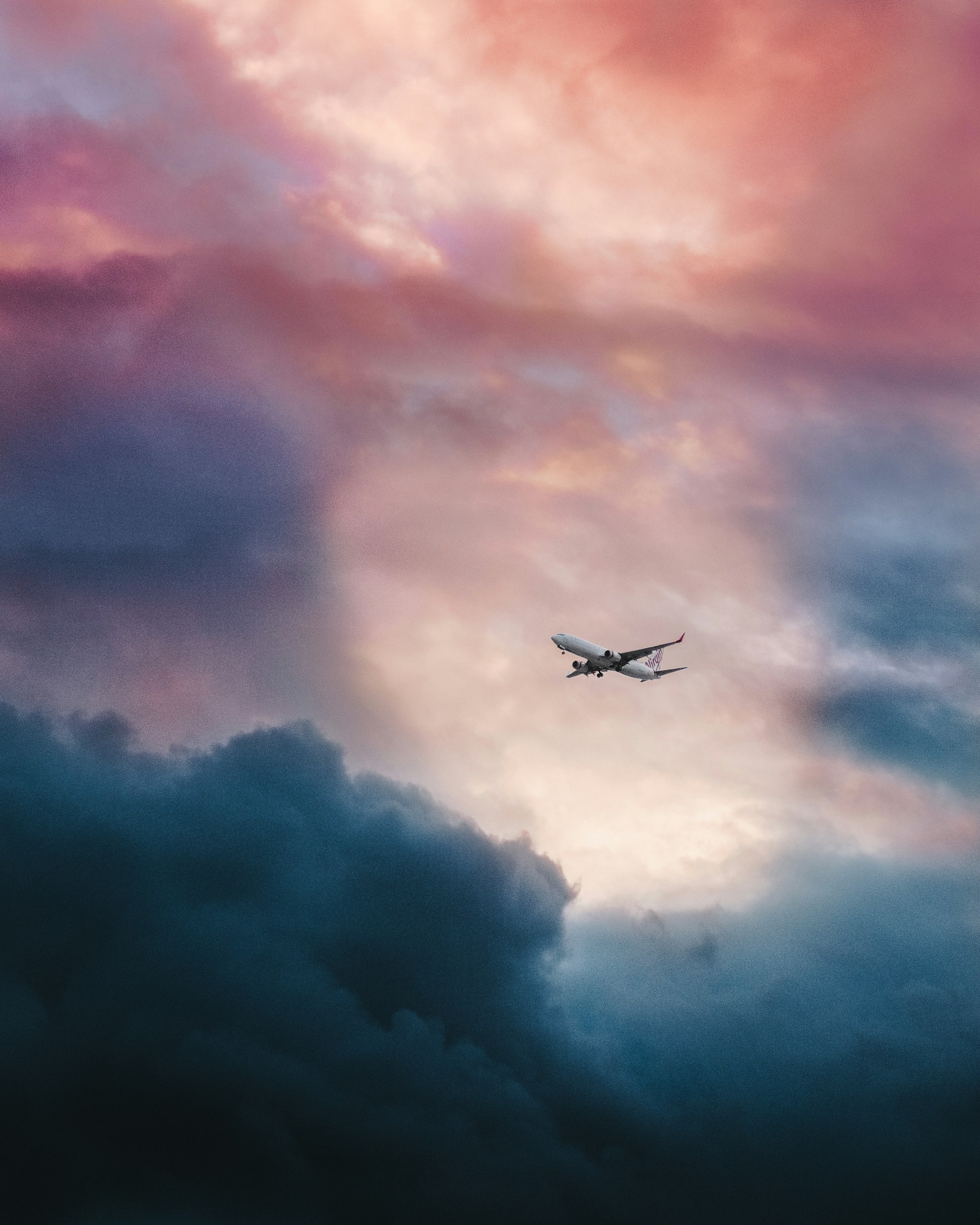
Truthfully, you and I don't actually have to travel to become more culturally aware, but the lessons are far more vivid. Here are a few examples.
This past weekend America suffered another terrible mass murder, and in response I wrote a heartfelt article about our national values. Or, lack thereof. The opening visual was purchased from Deposit Photos, and featured two peaked white hoods inside a church. I'd asked Deposit for Klan photos, and that came up.
This morning, I got a very polite and respectful request to remove it. This note came from a Spanish woman who explained that those particular hoods are featured in European Catholic ceremonies, and have nothing whatsoever to do with the ugly history they represent in the United States.
I promptly removed and replaced the photo and thanked her for the cultural education.
I mentioned this on Twitter. One of my favorite anti-racism writers, who is also world-traveled, told me that she had attended a ceremony in one of the Scandinavian countries where they also employed white hoods. Again, not in the way that people in America would interpret them. She said that it was, quite understandably, "difficult."
Here is a better way to understand how the hood itself has a long history well before the KKK co-opted it for brutality:

My kind Medium commenter, who was gracious enough to accept my apology, explained that invariably those of us from the West mistake such symbols, as we all often do, because we only see through the eyes of our cultures. It would be a fair criticism that I didn't bother to check this out. I have no excuse. I grew up in the Deep South, and my particular American culture, and the USA has many, many of them, dictated that such a pointy hat meant only one thing.
I was wrong. Not only that but I was inspired to write this article as a way to point out how easily we can skew towards our own version of reality. We can be so very wrong while we travel - to say nothing of traveling online, which can lead to misunderstandings or worse.
For those of you who know the actual history of the swastika, this kind of story is familiar. Those who don't, please see this:

The original meaning of what is now seen world-wide as a symbol of pure evil is "well-being."
Talk about cultural appropriation.
A dear friend of mine nearly got herself into serious fisticuffs in Ireland a few years back. She had fairly recently gotten involved up to her armpits in animal rights. Typical of her nature, she built up a head of steam, fueled by righteousness, about anything and everything she considered to be animal abuse.
She and her husband were walking along the side of a country road when a cart pulled by a horse came alongside them. Two young local men offered them a ride. My friend tore into them about the horse pulling the cart, accusing them of animal abuse. It would be fair to say that the response was less than friendly.
My friend's husband had to pull her away physically before things got ugly. The way I see it, and this is just me, she has no idea how the horse is being treated, or if in fact the country jaunt for that animal is the best part of its day. We have no right to impose our values on others, most particularly in other countries, who may see our attachments to our animals as idiocy.
She later regaled me with that story, fully expecting me to agree. I didn't. That discussion marked one of the nails in the coffin of our long-term friendship, as I watched my beloved friend careen off the road into greater and greater intensity. I could see that at some point, she would start attacking me the same way for being an equestrienne, which she used to be as well.
She was once a very savvy traveler. Unfortunately, this isn't savvy. It's a good way to get hurt in places where these days, arrogant Americans- or anyone else for that matter- are barely tolerated. Of course it's true of any traveler who imposes their version of what's right on any other culture.
One speaker friend, en route through a developing country to a conference, photographed some photos of instructions for folks who are used to drop toilets on how to use a flush toilet. She was merciless in her mocking. More than a few of us wrote that she was insulting billions of people, for whom drop toilets are the norm, and who might well consider placing their flesh onto a seat shared by many others incredibly unsanitary.
We don't make friends when we mock, belittle or judge what is natural and normal for others. That just demonstrates our ignorance.
Since I work with animals, how different cultures treat their creatures can be very challenging for those of us who bleed for animal cruelty. It was, in fact, around animals where I found one of my greatest lessons in cultural perspective.

In 2013, my safari operator, ETrip Africa, had organized a three-day camel safari from Arusha to Moshi, to the hotel where I now sit writing. I would rest a few days, then climb the great Kilimanjaro.
The camels, which were a gift to a local Maasai tribe by an Italian NGO (non-governmental organization) were kept near their home, or boma, and rarely, if ever, watered. They were irritable and angry (read: THIRSTY). The Maasai had been informed and trained, but all they heard of their herd was that camels didn't need water.
In a place where water is scarce, that's good news. Unfortunately camels do need water, regularly, but that message apparently didn't come across.
When we began our trip, the manager, a Meru man whose previous job was as an air-traffic controller, allowed our camels to drink. He was quite stunned to watch them calm down and become quite pleasant. I spoke with him, not unkindly, and learned about the miscue. We don't know what we don't know, and I'd simply asked him when the animals had last been watered.
They got water regularly after that, and our trip continued in greater peace.
What bothered me was that the Maasai beat the camels' long, thin, bony legs with thick sticks. The animals suffered many such beatings to keep them moving. I asked our manager if there were some way that they might at the very least not beat Dominique, my ride, and he agreed. For at least that trip, Dominique was spared. At that time Dom was still fairly new to the herd, just as I was still fairly new to international adventure travel.
I fed him by hand, and swiftly he came to welcome me with big sloppy smelly face busses, and kindness.
Several years later I returned for a seven-day trip. By then, Dominique had endured several years of brutal beatings, and was as bitter and unpredictable as all the others. I'd also been a lot further afield, and absorbed a great deal more about being in other cultures.
My Maasai crew, who remembered me, took mercy on him for the trip. This time, after more years of traveling, I kept my peace and said nothing. These people don't believe animals have souls or feelings. It's not my place to dissuade them. They found my affection foolish, but said nothing. I said nothing about the beatings, which I felt to my bones, but it isn't mine to correct or condemn.
Instead, I turned my attention to my crew. For seven hot, dusty days we traveled by foot. I was the only guest, a White tourist with five men on a very long trip. I watched how they interacted, and then took the chance to join in the fun when the day's long walk was done. When they found out I was up for a laugh, the trip was transformed.
We found all kinds of ways to prank one another, got in water fights, threw food scraps and otherwise sent each other into gales of laughter.
I chose not to see or comment on the beatings. It was damned hard. But nobody is going to change the culture. So as a group, we found our own ways to deal with unbearable heat, with Babu, who was my age at 62, the most inventive of the pranksters.
I spent my off hours with the camels, where I did as much as I could to soothe them. Then it was back to mischief.
Early in the morning I would grab a tent, shake it vigorously while screaming ELEPHANT ELEPHANT, which invariably sent at least two bleary-eyed men shooting out in terror. They got even in highly creative ways.
Raymond, the cook, who was up even earlier than I was, invariably handed me the extra water bottle to start a water fight, because he wasn't a target. As the cook, he was off-limits. Our shenanigans kept him in stitches, particularly when I would run face-first into a branch of long acacia needles.
I do not always succeed at this. I carry with me the training, cultural reference points and assumptions which I've gathered for nearly seven decades. However, I've also, with some practice, and some spectacularly awful mistakes on my part, learned some pretty good lessons about noticing and asking before assuming.
Symbols, like the swastika, cultural mores, such as how a culture treats women or animals, have histories long before we got there. It's patently rude to judge any culture by our own, simply because it's familiar. We like to feel that how we grew up and the ways of our own country are the only way, the right way.
We'd be wrong. I am often wrong, such as using the photo from Deposit to characterize a hated, hateful symbol of American racism when in fact it has a long history in European Catholic ceremonies. I am fortunate that my commenter made the correct assumption I was both happy to comply, as well as happy to learn something new.

Marcel Proust wrote,
“The real voyage of discovery consists not in seeking new landscapes, but in having new eyes.”
Personally, I love heading out to those horizons as far distant as they can be, for in those journeys, I am ever transformed. However, you and I can be similarly transformed in our own countries. From one end to the other, there are many subcultures and idiosyncrasies just as interesting and provocative as hiking the high hills of Eastern Myanmar to visit those isolated tribes.
The trick, however, is to be open, soft and curious. How we see is just one way. There are billions of others. When we are willing to expand what and how we see, we are better able to navigate the world, even if we only do it online.

Dear Walkabout Saga Reader:
If my work appeals to you, may I kindly invite you to consider joining those Patreon supporters whose generosity keeps the gas in my tank as it were. Those supporters get to dictate my content calendar, we engage as a community, and this website and its content acts in service to our collective best selves.
You can explore that option here.
However you decide to partake of my writing, thank you.

Comments powered by Talkyard.